REPORT: Northern Border and Hezbollah FAQ
The Situation on Israel’s Northern Border
The Northern Israeli border situation encapsulates a multi-faceted tension involving various actors and geopolitical interests. The involvement of militant groups, backed by regional powers, notably Iran, alongside territorial disputes, paints a complex picture of the security challenges faced by Israel on its northern frontier. Hezbollah is allowing Hamas and other Palestinian Jihadist groups to use its territory to launch projectiles and motors into Israel’s Northern towns and cities in an attempt to open a second front with Israel.
Who are Hezbollah?
Hezbollah which means “party of God” is a Lebanese Shia Islamist political party and militant group, led since 1992 by its Secretary-General Hassan Nasrallah. It was founded in the 1980s amid the 15-year Lebanese Civil War. Hezbollah's paramilitary wing is the Jihad Council, and its political wing is the Loyalty to the Resistance Bloc party in the Lebanese Parliament. Hezbollah wields significant power in Lebanon, where it operates as both a Shi'ite Muslim political party and militant group. Many experts and analysts consider it a ‘state within a state’ and the main decision maker in Lebanon.
Why is Hezbollah a Terrorist Organisation?
The United States designated Hezbollah a foreign terrorist organization in 1997, and several individual Hezbollah members, including Nasrallah, are considered specially designated global terrorists, which subjects them to U.S. sanctions. The EU designated Hezbollah’s armed wing a terrorist organization in 2013. The Parliament of the United Kingdom proscribed all of Hezbollah a terrorist group in 2019 and the Government in Germany followed suit in 2020.
This is because Hezbollah has a history of global terrorist activity including being heavily implicated in attacks on Jewish and Israeli targets abroad, including the 1994 car bombings of a Jewish community center in Argentina, which killed eighty-five people and blowing up a bus of Israeli tourists in Bulgaria in 2012. The group has not only targeted Israelis and Jews with the Bombing of U.S. and French Marine Barracks in Beirut 1982 one such example.
Why Did Israel and Hezbollah Fight a War in 2006, and What Has Happened Since?
The group has clashed for decades with Israel, which is considered Hezbollah's "main enemy," going back to Israel's occupation of southern Lebanon in 1978 and 1982 First Lebanon War. The Second Lebanon War began on July 12, 2006 when Hezbollah militants ambushed an Israeli army border patrol in a cross border raid, kidnapping two Israeli soldiers and killing three others. Hezbollah launched thousands of rockets into Israeli territory during the ensuing months-long war which ended in an Israeli military withdrawal from Southern Lebanon and the imposition of international peacekeepers. The War resulted in an estimated 120 dead among Israeli forces and more than 1,000 dead among Hezbollah fighters.
What are Hezbollah‘s capabilities?
Hezbollah leader Hassan Nasrallah has said the group has 100,000 fighters. Hezbollah’s fighters are battle-hardened from 10 years of fighting in the Syrian Civil War propping up the regime of President Assad.
Hezbollah's military strength is underpinned by a vast arsenal of rockets. Experts believe the Shi'ite Islamist group may possess more than 100,000 rockets today. Hezbollah says it has rockets that can hit all areas of Israel.
The militant group also have drones, Anti-Tank, Anti-Ship and Anti-Aircraft Missiles as well as Land Attack Rockets and Missiles.
What Could War on the Northern Border Look Like?
Iran has patiently built up its “axis of resistance” over 20 years. It would be unlikely that Tehran would just sit back and see one of those players, Hamas, be destroyed by Israel. Israeli political and military planners are concerned about Iran’s proxy in Lebanon, Hezbollah, opening a second and potentially more deadly front on Israel’s northern border. Hezbollah has 130,000+ rockets ready to strike, some of which are precision guided missiles with accuracy to knock out key Israeli infarstructure and cause great damage to civilian population centres.
Hezbollah's threats are not just words; they have stockpiled missiles and enhanced their deterrence capabilities, making it harder for Israel to respond aggressively. Nasrallah's (Hezbollah Secretary-General) correct calculations in recent escalatory events have emboldened him, but there is an increasing risk of miscalculation leading to an undesired war between both sides.
Hezbollah‘s Strategy after October 7th
The strategic and tactical dynamics of the situation reveal Hezbollah's calculated escalations aimed at provoking the Israeli Defense Forces (IDF) without triggering a broader conflict. This calculated aggression is seen as an attempt by Hezbollah to restore its "resistance" image, leveraging the current void in Lebanese state institutions to make security decisions on the border without government consultation. Iran's support has emboldened Hezbollah's actions, albeit in a manner to ensure calculated escalations. The readiness of Hezbollah to join Hamas in the conflict against Israel has added fuel to the already volatile situation.
Why Is Israel’s Deterrence in the North Diminished?
Diminished deterrence against Hezbollah is attributed to various factors, including Israel's domestic issues, perceived IDF weakness due to political pressures on reserves, and a conciliatory approach in previous negotiations. While neither side desires war due to its high costs, miscalculated escalation is increasingly likely, especially with Hezbollah's proximity to the border, reducing Israel's margin for error if it takes military action.
Continued Close Ties Between Hezbollah and Palestinian Militant Groups in Gaza
Hezbollah leader Hassan Nasrallah hosted Hamas deputy-commander Saleh al-Arouri and Palestinian Islamic Jihad leader Ziyad Nakhalah in Beirut according to Iranian pro-regime media, which posted a photo of the three men together. The meeting took place 19 days after Hamas massacred 1,400 people in Israel. The three terror leaders agreed to continue coordination on a “daily” basis and discussed ways to achieve “victory” over Israel. Arouri is a Hamas terror leader linked to the 2014 kidnapping and murder of three Israelis, which set off a 50-day war. He has often traveled between Qatar, Turkey, and Lebanon.
